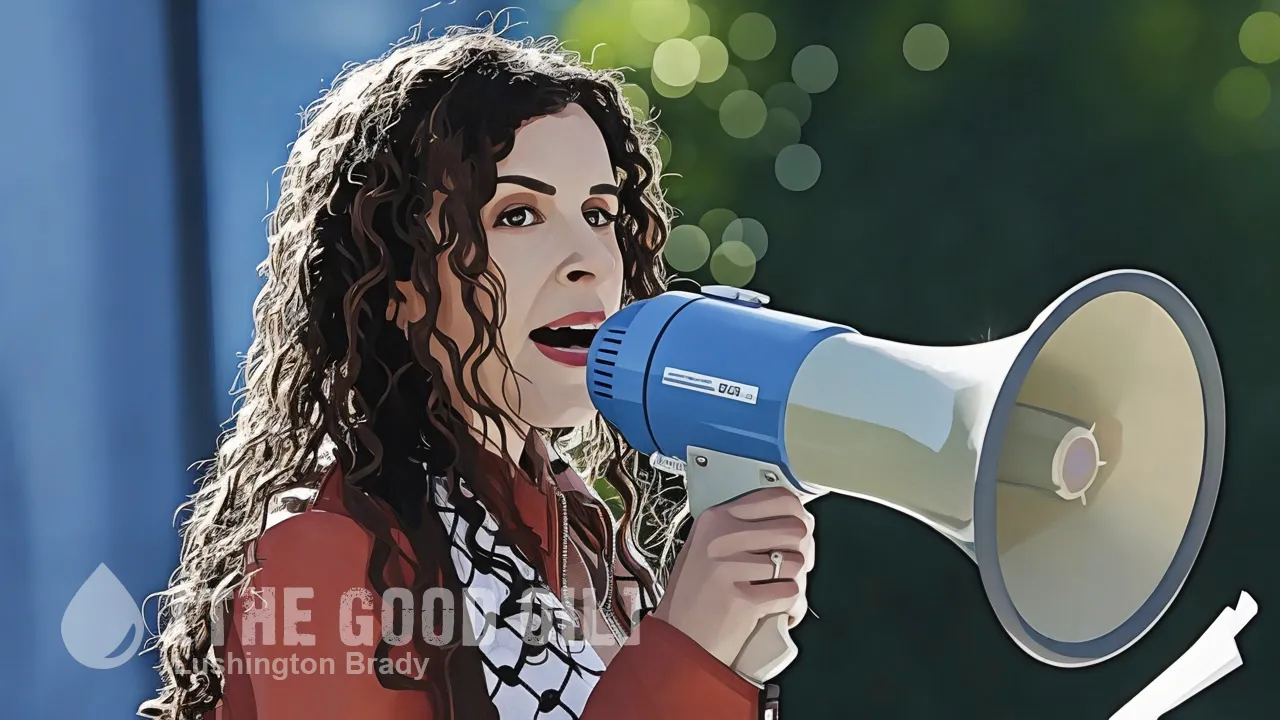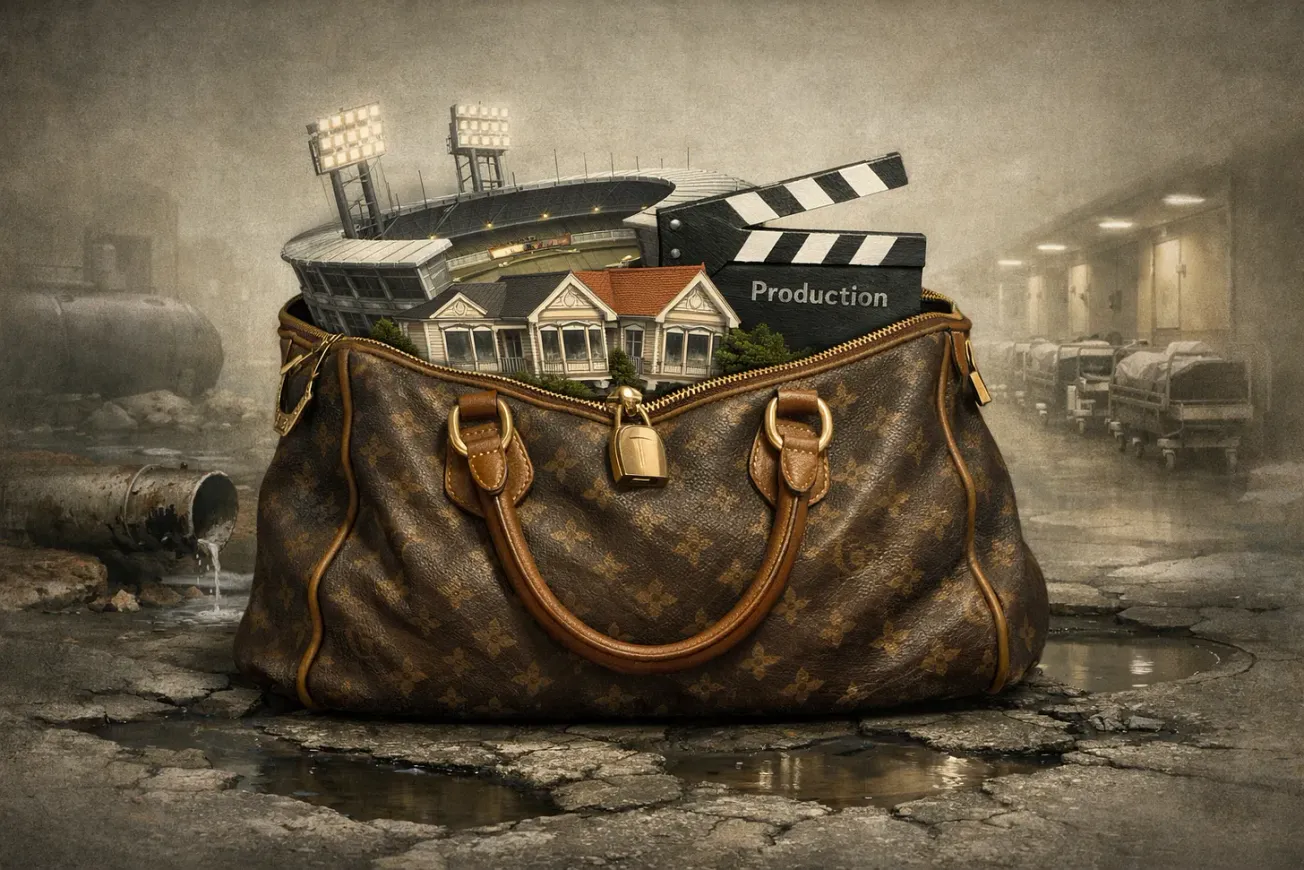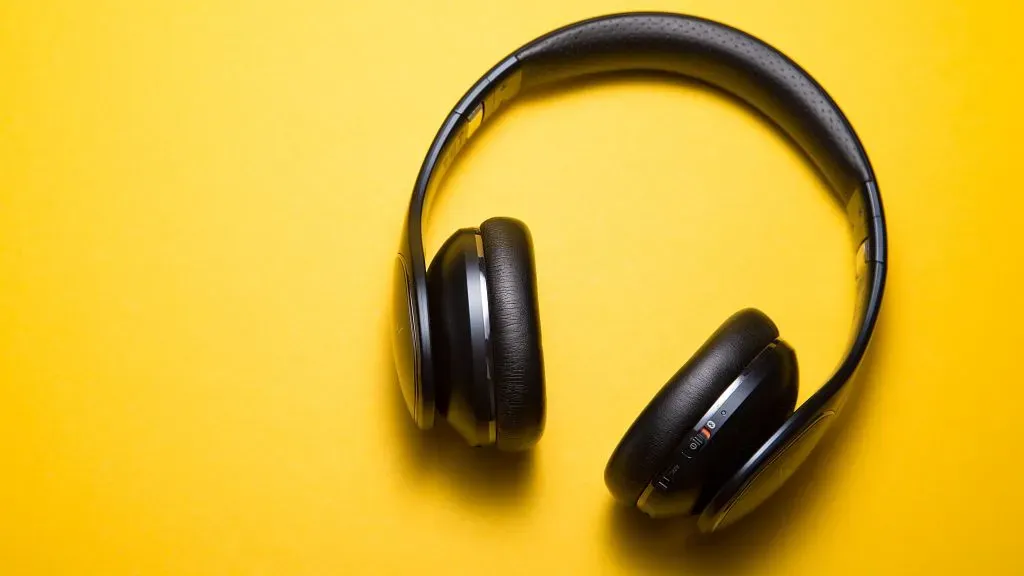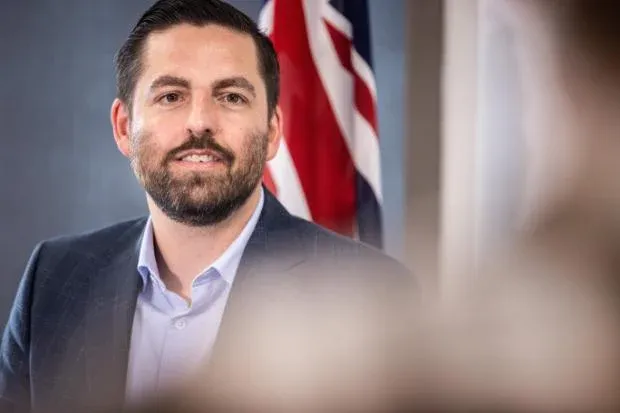Table of Contents
As the kerfuffle over the historical info boards on the Interislander ferries shows, the sort of person who is apt to describe themselves as ‘feminist, unionist, left-wing, pro-choice, cis-gender, disabled, Pakeha, pro-reindigenisation’ is uncomfortable with some facts about the “indigenous” culture she so fetishises. Most especially the undeniable fact that cannibalism was a way of life.
Unlike a great many of her ideological fellow-travellers, she doesn’t deny the reality of Maori cannibalism. But apparently it’s “racist” to call it what it was. “We know about kaitangata, that there was eating of other people, but we don’t talk about cannibalism. It makes it really primitive.” Probably because it was. Anyone who thinks cannibalism is somehow the mark of a progressive, modern culture is exactly the sort of person who tries to hide revolting facts behind te Reo euphemisms. Calling it a word that almost no-one else will understand is no different from trying to erase such inconvenient realities from the history books altogether.
Which is exactly what has happened in Australia. When Pauline Hanson referred to widespread cannibalism in traditional Aboriginal culture, the left erupted in apoplectic denial. The historical record is on Pauline’s side, though.
“Cannibalism is practised by all natives on the north coast with whom I have come in contact, with the exception of a very small tribe inhabiting the immediate neighbourhood of Port Essington … The eating of grown-up people – that is, of natives – is, as far as I can ascertain, not practised. Only children of tender age – up to about two years old – are considered fit subjects for food, and if they fall ill are often strangled by the old men, cooked and eaten, and all parts except the head, which is skinned and buried, are considered a delicacy. Parents eat their own children, and all, young and old, partake of it. The only instance I have heard where grown-up people have been eaten, was that of two Europeans who were out exploring in the neighbourhood of the Tor Rock, about 40 miles inland from Mount Norris Bay; this was in 1874.”
That was the testimony to the Royal Society of South Australia of Paul Foelsche, a policeman and amateur anthropologist who “gathered ethnological information and attempted to learn the local language”. His collection of photographs were also an important anthropological asset.
Another eye-witness, missionary the Rev. Louis Schulze, presented to the Royal Society that:
“The natives to the south eat human flesh. It is said that they engage in regular human hunting parties for this purpose … It is even said that they roast and eat their own infants, if they succeed each other too quickly. Only last year a woman not far from here did it, and when reproved for so doing, by means of an interpreter (for they speak a different language), she was surprised at being found fault with, as she considered the roasting and eating of her own child as something quite natural.”
The city-based panderers wittering about “the world’s oldest living culture” try to claim that cannibalism was rare and purely ceremonial, and that testimony to the contrary is just “colonialist” and “racist”. The only problem is that the historical evidence is so overwhelming.
There are literally hundreds of accounts of Aboriginal cannibalism, dating from the first European settlement in Australia to the 1930s or even later. These accounts were made in all the states and territories of Australia with the possible exception of Tasmania. They were written by witnesses and commentators from a wide variety of backgrounds who wrote in many genres – newspaper articles; autobiographies, many not meant for publication; court reports; scholarly proceedings, as in the accounts quoted above. They were written by persons not in contact with one another, often hundreds of kilometres apart, and having no knowledge of the accounts made by other white Australians, and whose veracity, when they wrote on other topics, would not be questioned.
Up until the 1950s, scholarly work on Aboriginal society included much research on cannibalism. Then the whole thing vanished from the polite gaze of academia and activism.
These old and frank depictions of Aboriginal society have been replaced by their opposite: veneration for the indigenous inhabitants of Australia and their society as utopian and pristinely moral, and any trace of the endemic and nightmarishly barbaric world inhabited by the Aborigines found by virtually all early observers here has been totally erased, its depiction as fact wholly taboo.
While ceremonies could and did accompany Aboriginal cannibalism, most often the harsh reality was that of a hunter-gatherer society living in an often marginal environment. The twin necessities of population control and sustenance were harsh and unsympathetic.
As a result, they turned to eating human flesh, often making a virtue of necessity by endowing the practice with religious significance. Sometimes their cannibalism consisted of deliberately killing and eating small children, women or the elderly, sometimes of eating enemy warriors slain in battle in the frequent inter-tribal wars and conflicts (which are also almost entirely missing from recent accounts of Aboriginal society). Another means of accomplishing the all-important goal of limiting a tribe’s population to a level which could realistically be supported by the available resources was infanticide, which was widely practised and which has also been excluded from contemporary depictions of Aboriginal life.
Still, if you’re going to be a cannibal perforce, it doesn’t mean you can’t be picky.
Aboriginal cannibals demonstrated a number of distinctive culinary preferences. It appears that they greatly favoured the taste of Chinese people, whom they found and killed in remote areas of settlement, over the apparently saltier taste of Europeans:
“Urquhart says his boys always told him the blacks did not like the taste of whites much – they were too salt [sic] – but that they relished Chinamen, hundreds of whom were killed […] this fact was put down to the salt-beef diet of the early whites, while the Chinese lived more on rice.”
Quadrant Online
The only problem was that half an hour later, they were hungry for more.
So, what’s the point of all this? Is it denigrating to modern Aboriginal Australians to point out that their ancestors were cannibals? Of course not – no more than acknowledging that some of my own ancestors were warlike primitives who painted themselves blue and decorated their huts with the skulls of their enemies.
But it does give the lie to the contemporary woke fetishism of primitive cultures. One imagines that an hour or so in a pre-contact Maori or Aboriginal society would be enough to send our ‘feminist, unionist, left-wing, pro-choice, cis-gender, disabled, Pakeha’ screaming back to the safety of the modern West.









